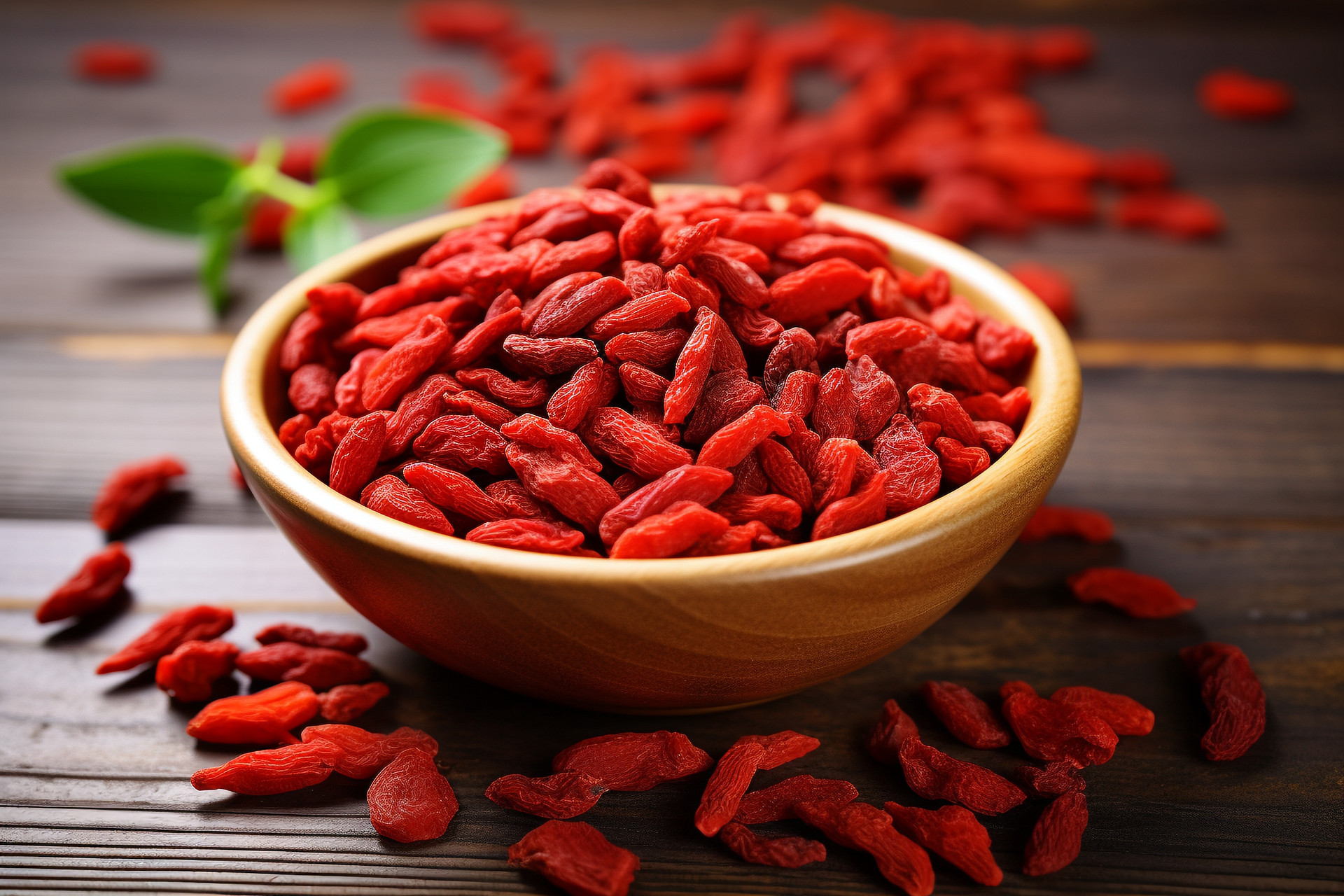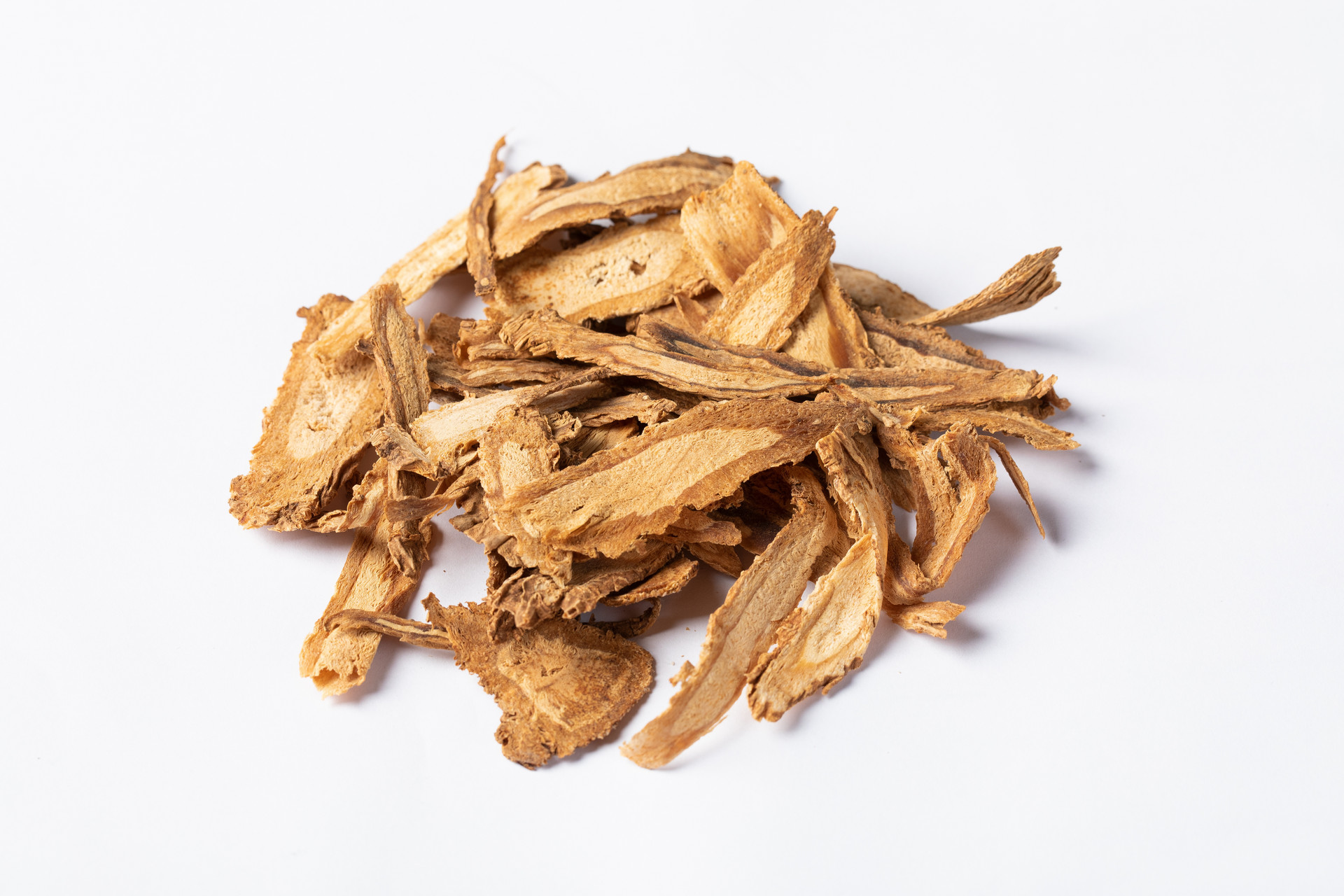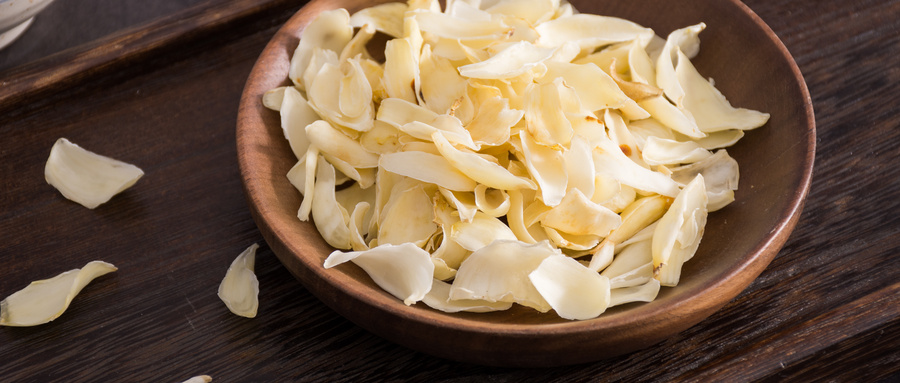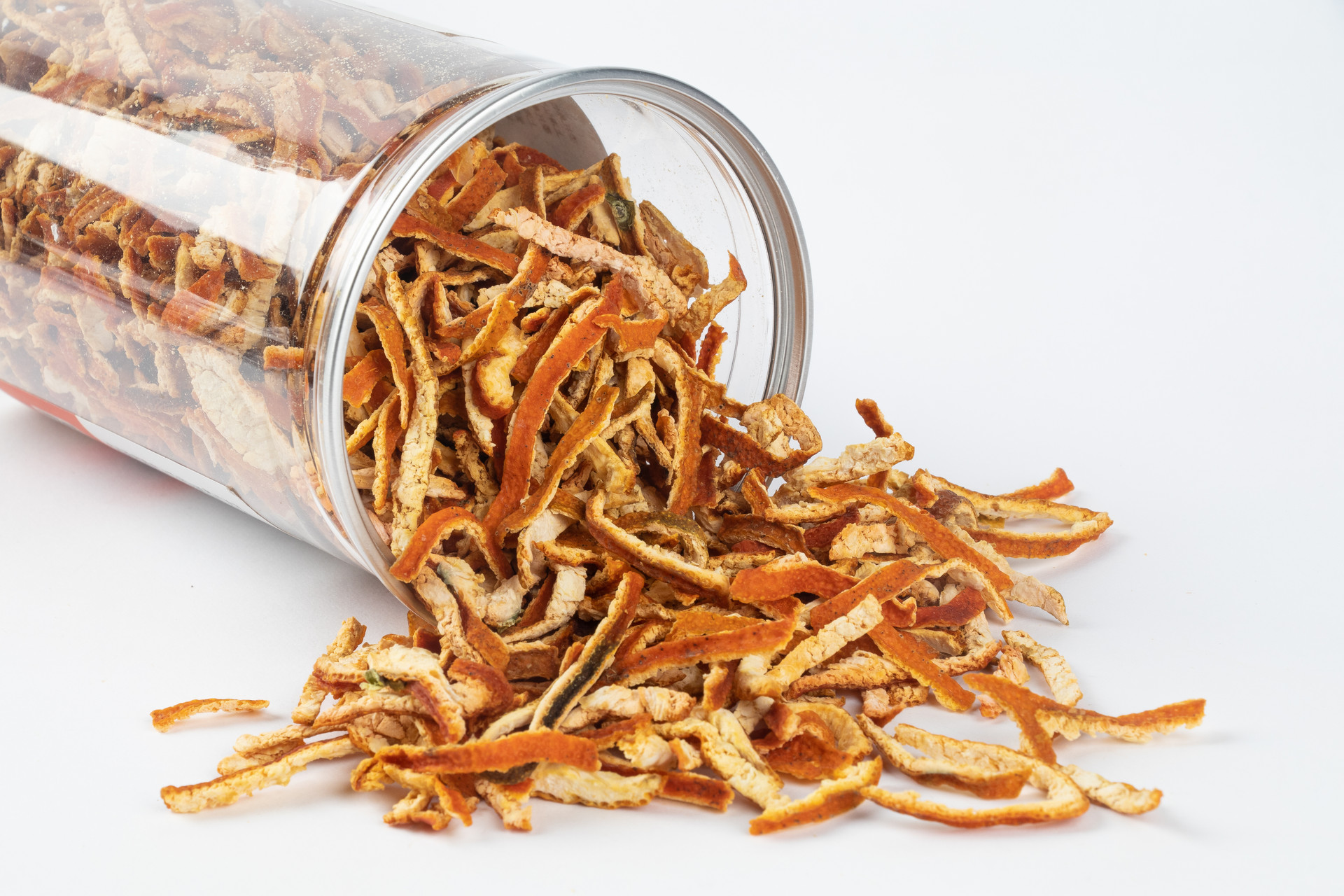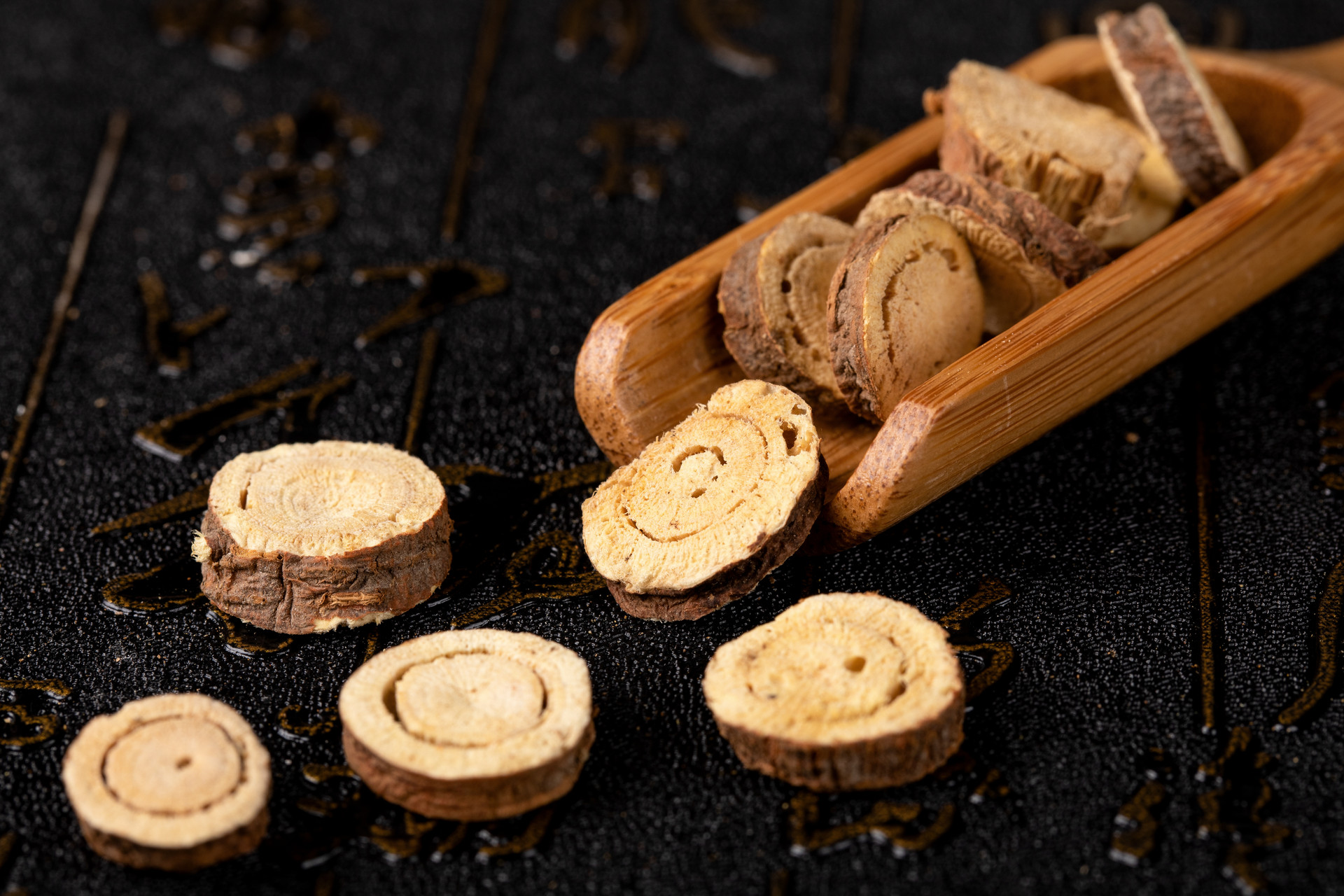Jasmine, also known as Bai Mo Li, Xiao Nan Qiang, Nai Hua, and Wei Li Hua, is a flower of the plant Jasminum sambac (L.) Ait. in the family Oleaceae. It is mentioned in the book "Nan Fang Cao Mu Zhuang". The flowers are collected when they first bloom in the summer and are immediately dried in the sun or by baking.
[Processing Method] Take the original medicinal material, remove impurities, and sift out the ashes.
[Appearance of the Herbal Pieces] They are mostly star-shaped and compressed, measuring about 1.5-2cm in length and approximately 1cm in diameter. The calyx is tubular with 8-10 slender teeth. The petals become elliptical when flattened, measuring about 1cm in length and 5mm in width. They are yellow-brown to brownish-brown in color, smooth and hairless on the surface, and fused at the base to form a tube. The texture is brittle. It has a fragrant aroma and a slightly astringent taste.
[Processing Effect] Jasmine has a pungent and slightly sweet taste, and it is warm in nature. It enters the spleen, stomach, and liver meridians. It has the functions of regulating qi, relieving pain, dispelling turbidity, and resolving stagnation. It is used for conditions such as dampness obstructing the middle Jiao, discomfort in the chest and diaphragm, abdominal pain with diarrhea, dizziness, headache, red eyes, and sores. When decocted with green tea or Acorus tatarinowii water, it can be used to treat dampness obstructing the middle Jiao, stuffiness and distention in the epigastric region, and abdominal pain with diarrhea (Sichuan Journal of Traditional Chinese Medicine, 1979). Jasmine is commonly used in clinical practice, and after processing, it can clean the medicinal material, making it easier to formulate and prepare.




